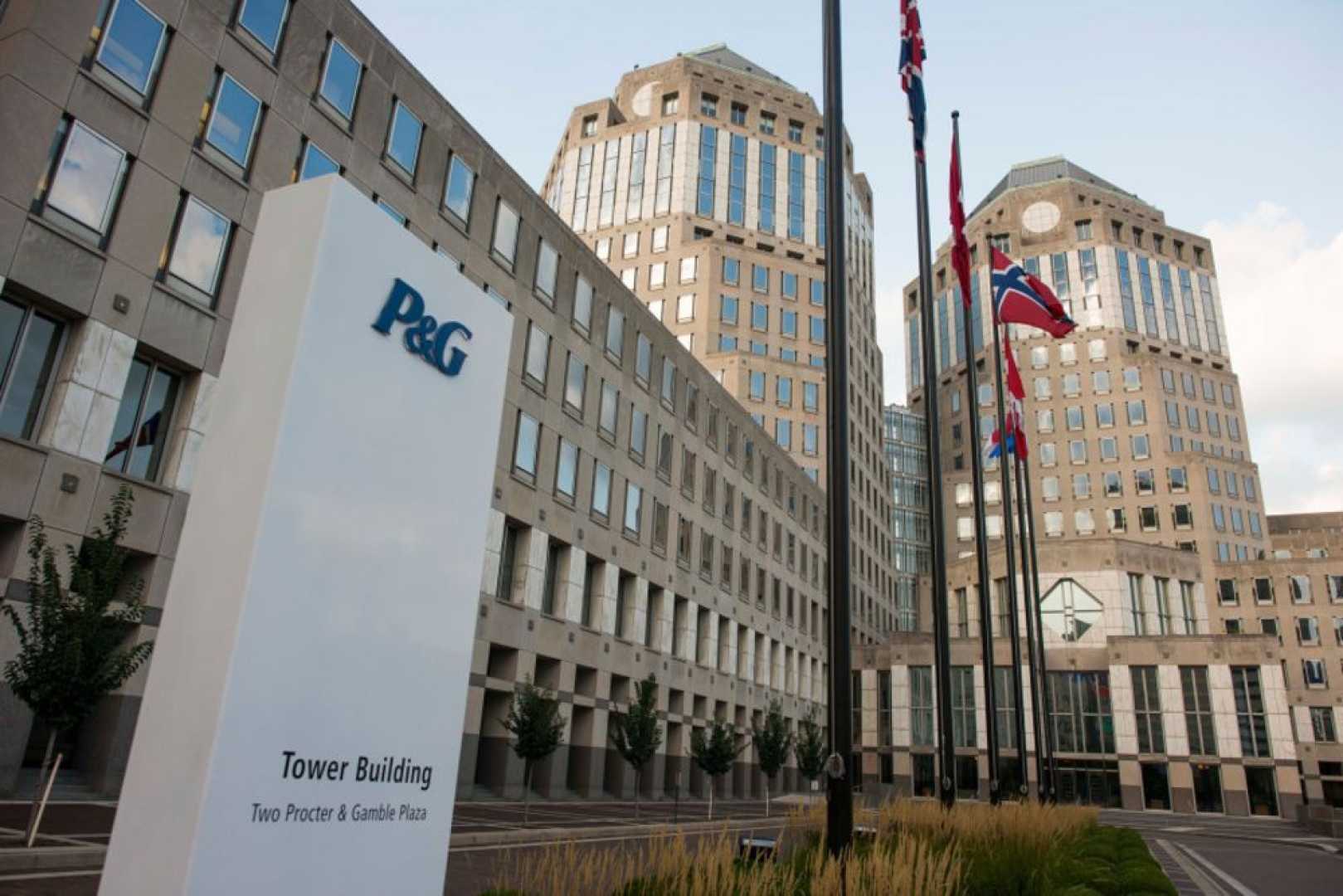Business
Procter & Gamble Plans 7,000 Job Cuts Amid Restructuring

CINCINNATI, Ohio — Procter & Gamble announced Thursday that it will cut 7,000 jobs, which is about 6% of its total workforce, over the next two years as part of a major restructuring effort. This plan also includes exiting some product categories in specific markets due to shifting consumer demand and rising costs associated with tariff uncertainties.
The job cuts will account for approximately 15% of P&G’s non-manufacturing positions. The announcement was made during the Deutsche Bank Global Consumer Conference held in Paris, where P&G executives indicated the restructuring aims to enhance growth and value creation.
P&G Chief Financial Officer Andre Schulten and Chief Operating Officer Shailesh Jejurikar stated, “As always, employee separations will be managed with support and respect,” emphasizing the company’s commitment to its principles and local laws. The specific locations for the job reductions have not yet been identified.
The restructuring comes at a time when consumer goods companies, including P&G and Unilever, are preparing for a potentially slow market in 2025, driven by concerns surrounding U.S. tariffs. P&G imports many raw materials from China, but it also produces around 90% of its products domestically.
According to company estimates, P&G will face a before-tax charge of approximately $600 million in fiscal year 2026 due to the impact of current tariff rates. The overall toll of the ongoing trade war has exceeded $34 billion for numerous companies affected by higher costs and lost sales.
In response to these challenges, P&G has indicated that price increases will likely occur, though details on timing remain vague. “Overall, our priority is to deliver balanced growth and value creation for all stakeholders,” Schulten added.
P&G, known for its popular brands like Tide and Pampers, has around 108,000 employees as of June 30, 2024. The company expects restructuring charges to range from $1 billion to $1.6 billion over the next two years.












